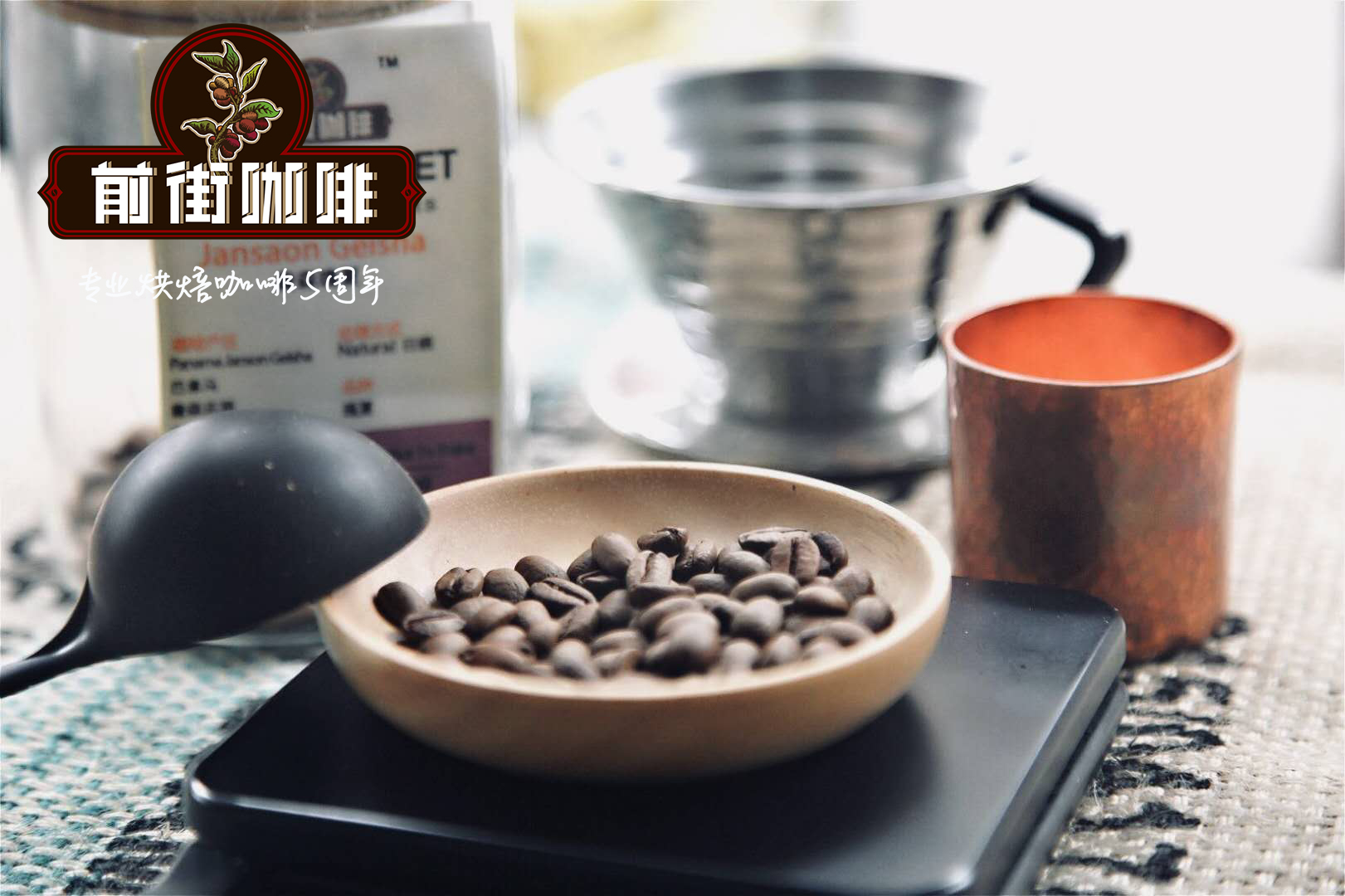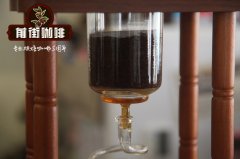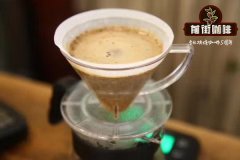Does Ethiopian coffee taste good in the sun?-introduction to the grading system of sun-cured Essex coffee beans

Professional coffee knowledge exchange more coffee bean information please follow the coffee workshop (Wechat official account cafe_style)
Of all the coffee-producing countries, Ethiopia is probably the most eye-catching one. In addition to the unique and outstanding coffee produced in the country, the mysterious legends related to the local coffee add to its charm. Ethiopian coffee with unrestrained floral and fruity aromas is an eye-opener for many coffee workers to diversify the taste of coffee.
The Ethiopian palate is very varied, ranging from citrus (such as bergamot) and floral aromas to sugared fruits and even tropical fruits. The best washed coffee may show elegant, complex and delicious flavor, while the best sun-treated coffee will show unrestrained fruity and unusually charming flavor.
Did you know that in Ethiopian coffee grading, G1 was first available only by washing? But now how to see more and more people start selling Ethiopian coffee "sun" G1 coffee beans?
First of all, let's take a look at the grading of Ethiopian coffee beans. Before the implementation of the ECX trading system, Ethiopian coffee beans were graded according to the number of defective grains per 300g of raw beans, mainly divided into five grades. The latter defect rate is so high that buyers are basically not interested-so there is no need to mention XD). G1 indicates that there are only 0-3 defective beans per 300 grams of raw beans, G2 is 4-12 defective beans, and so on. Therefore, G1 is the highest level, while G5 is the lowest level for Ethiopian export.
Why is it that traditionally only raw beans treated with water have G1 grade? Then let's talk about the process of traditional washing and sun treatment-- the process of washing. One procedure is water separation of floating beans, that is, after the raw beans are put into the water, the unripe beans float on the surface, and the defective beans can be screened out. However, the traditional sun treatment is hand-picked, so it is difficult to completely rule out unripe beans, so the grade will start with G3.
In the past, sun-dried beans were regarded as a low-grade coffee treatment, and excellent varieties basically did not choose sun treatment. However, with the development of high-quality beans, the treatment method is also changing with each passing day. Ethiopian traditional solarization is baked on the ground, and with the assistance of foreign technology and the improvement of fermentation theory, the improved solarization is to put the fruit on a high shelf, breathable up and down, and carefully stirred in an artificial way to make the fermentation more uniform, so that the quality and flavor of sun-dried beans are getting better and better, so foreign buyers begin to require sun-dried beans to have G1 grades. Since the implementation of the ECX trading system in Ethiopia in 2009, the new grading system has been in use, with a G1--G5 rating for both tanning and washing. However, some sellers do not adapt to the new system, plus the higher the level, the heavier the tax, so there are still many sellers in order to avoid, take the traditional old classification method.
Although the sun has a G1 grade, it is still generally considered to have a lot of defective beans compared with water-washed floating beans. But in fact, we don't have to worry too much about this, because now small farmers will be required to choose coffee cherries more carefully before processing farms or cooperatives, so that they can check the front-end work first. On the other hand, defective beans have little influence on flavor, and the grading system can only be used to distinguish the proportion of defective beans, not the same as the advantages and disadvantages of flavor, so when you choose and buy coffee, in addition to referring to grading, don't forget to refer to the cup to measure the flavor spectrum!
END
Important Notice :
前街咖啡 FrontStreet Coffee has moved to new addredd:
FrontStreet Coffee Address: 315,Donghua East Road,GuangZhou
Tel:020 38364473
- Prev

Is the Ethiopian Rose Summer geisha Coffee good? Kersa Village Rose Summer Bean Story in Guji producing area
Professional coffee knowledge exchange more coffee bean information please follow the coffee workshop (Wechat official account cafe_style) everyone has a rosy summer dream whether you are a senior celebrity who has been exposed to boutique coffee for many years or Xiaobai who has just indulged in it will be familiar with the name Rose Summer. She is full of fruit, sweet and sour, and a long aftertaste of tropical fruit, apricot and mandarin.
- Next

Flavor characteristics of citrus gardenia Ethiopian washed Yega Xuefei _ how to choose washed Yega coffee beans
Professional coffee knowledge exchange more coffee bean information please follow the coffee workshop (Wechat official account cafe_style) hand-washed Yega mandarin gardenia flower, the entrance is clean, the acidity is fresh and bright. Contemporary Coffee Core | Yega Chuefei is the core of Ethiopian coffee in the country of origin of Arabica. It is a coffee producing area that you must know and taste deeply if you love or want to come into contact with fine coffee.
Related
- Detailed explanation of Jadeite planting Land in Panamanian Jadeite Manor introduction to the grading system of Jadeite competitive bidding, Red bid, Green bid and Rose Summer
- Story of Coffee planting in Brenka region of Costa Rica Stonehenge Manor anaerobic heavy honey treatment of flavor mouth
- What's on the barrel of Blue Mountain Coffee beans?
- Can American coffee also pull flowers? How to use hot American style to pull out a good-looking pattern?
- Can you make a cold extract with coffee beans? What is the right proportion for cold-extracted coffee formula?
- Indonesian PWN Gold Mandrine Coffee Origin Features Flavor How to Chong? Mandolin coffee is American.
- A brief introduction to the flavor characteristics of Brazilian yellow bourbon coffee beans
- What is the effect of different water quality on the flavor of cold-extracted coffee? What kind of water is best for brewing coffee?
- Why do you think of Rose Summer whenever you mention Panamanian coffee?
- Introduction to the characteristics of authentic blue mountain coffee bean producing areas? What is the CIB Coffee Authority in Jamaica?

